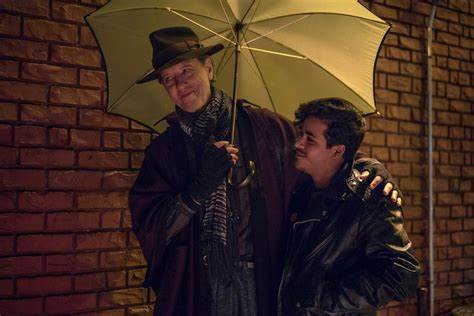I don’t often feel like a character walking through a Jean Luc-Godard film, but it sort of
happened the other day in Felixstowe.
The film in question was Les Carabiniers (1963) in which two idiot brothers go off to war, having been promised that they can take all the loot and plunder they want.
"Will we be able to slaughter the innocent?"
"Of course, this is war."
When the war is over they return home, and the only loot they've picked up is a collection of picture postcards.
Now, because I have a deep affection for dying forms, I also have a deep affection for postcards. I’m not a collector, just a small time accumulator, but I happen to have one that shows ‘Hamilton Cliffs and Gardens, Felixstowe.’
I no longer remember where or when I acquired it – the back is blank and I assume I picked it up in a junk shop somewhere. This postcard image was on my mind as I walked in Felixstowe. The Hamilton Gardens now seem to be merged with the Seafront Gardens; certainly I couldn’t tell where one ended and the other began.
And there were also the Cranmer Cliff Gardens, which were fenced off and inaccessible and looked as though they might once have contained grottos and possibly hermits. Also possibly a pillbox.
Of course we didn’t only walk in the gardens. We went as far as Felixstowe Ferry – passing two Martello towers on the way. Also an unexpectedly Ballardian lagoon.
And I tried, not very hard, to buy a postcard but I couldn’t see anything that was as good as the old one I have.
I suppose Les Carabaniersis a film about how some of us are just as much in love with the images of things as we are with the things themselves. I still don’t know if that’s a bad thing or not.


























